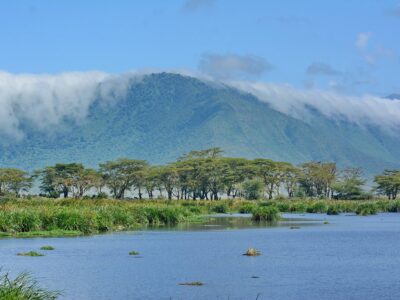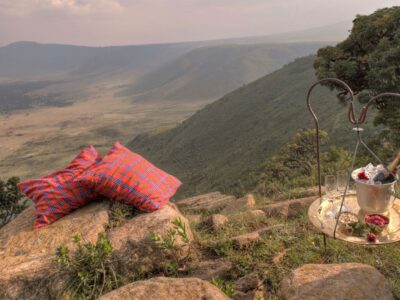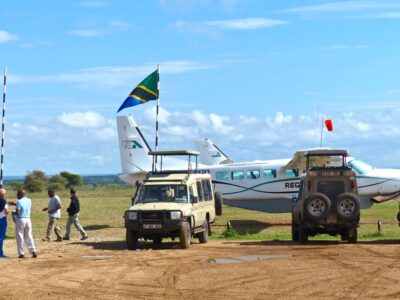Ngorongoro Crater Facts, Fees, Animals, Safaris, Best/Worst Time To Visit
Ngorongoro Crater Facts
Ngorongoro Crater Facts, Fees, Animals, Safaris, When To Visit. Learn About Tanzania’s Ngorongoro Crater, Amazing Attractions, And Top Affordable Luxury Safaris.
Ngorongoro Crater is one of the world’s most awe-inspiring natural wonders, a massive volcanic caldera located in northern Tanzania that offers an unrivaled wildlife viewing experience. Often called the “Eighth Wonder of the World,” the crater spans approximately 260 square kilometers (100 square miles) and stretches about 20 kilometers (12 miles) in diameter. Formed around two to three million years ago after a massive volcano exploded and collapsed in on itself, the crater today is a lush, self-contained ecosystem nestled at an altitude of about 2,200 meters (7,200 feet) above sea level, with the crater floor lying at around 1,800 meters (5,900 feet). It’s part of the larger Ngorongoro Conservation Area, a UNESCO World Heritage Site that blends wildlife conservation with Maasai pastoralist culture.
Ngorongoro Crater is teeming with life and boasts one of the highest densities of wildlife in Africa. Visitors can expect to see the Big Five– lion, elephant, buffalo, rhino, and leopard, alongside cheetahs, hyenas, jackals, zebras, wildebeests, and over 400 bird species. The permanent presence of water and grass on the crater floor supports year-round animal activity, making it an ideal destination for photographers and nature lovers alike. Rich in both biodiversity and ancient human history, Ngorongoro is also home to the Olduvai Gorge, one of the most important paleoanthropological sites in the world. Whether you’re drawn by its geological marvels or its wildlife spectacle, Ngorongoro Crater is a must-visit destination for anyone exploring Tanzania or the broader East African safari circuit.
Ngorongoro Crater Fees
Ngorongoro Crater entry fees vary based on visitor category and activities. International travelers pay a conservation area entry fee of $80 per adult per day and $30 for children aged 5–15. To descend into the crater floor for game drives, a Crater Service Fee of $300 per vehicle per day is required, regardless of the number of occupants. Tanzanian citizens and residents enjoy significantly lower rates upon presenting valid identification or permits. Guide fees typically range from $30 to $40 if not already included in a safari package.
These fees are charged per 24-hour period and are generally included in most organized safari tours. The crater service fee applies per vehicle, not per person, and all payments are typically made in USD. It’s important to confirm with your safari operator whether these costs are covered in your itinerary. Understanding this breakdown helps you plan your safari budget and ensures a smooth and well-prepared visit to one of Africa’s most iconic wildlife destinations.
Our Top 3 Affordable Luxury Ngorongoro Crater Safaris
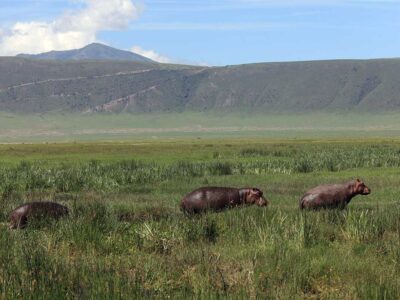
1. Classic Ngorongoro Crater Safari
Duration: (2 Days)
Perfect for travelers short on time, this full-day safari starts early from Arusha or Karatu, offering game drives on the crater floor with expert guides. Spot lions, rhinos, elephants, and flamingos in one of Africa’s most concentrated wildlife areas, ideal for photography and remarkable wildlife encounters.
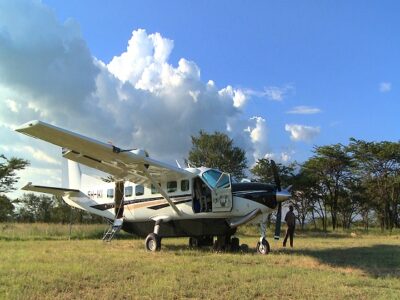
2. Luxury Fly-In Ngorongoro Crater Safari
Duration: (3 Days)
Fly directly to Ngorongoro for a seamless, high-end safari experience. Stay in a crater-rim lodge with panoramic views and enjoy exclusive game drives. Ideal for honeymooners or VIP travelers, this tour combines luxury, privacy, and unbeatable wildlife in one of Tanzania’s most iconic and accessible safari destinations.
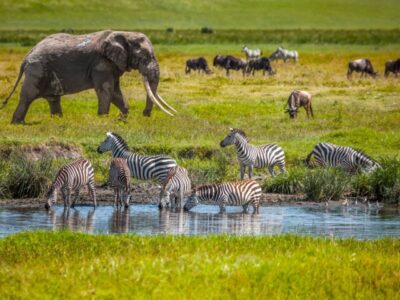
3. Ngorongoro & Serengeti Combo Safari
Duration: (5 Days)
This adventure blends Ngorongoro’s dramatic caldera with Serengeti’s vast savannahs. Experience the Big Five in the crater, then follow the Great Migration across the Serengeti. Luxurious lodges, expert guides, and breathtaking landscapes make this a top choice for wildlife lovers seeking variety, comfort, and unforgettable game viewing.
Best Time To Visit Ngorongoro Crater
The best time to visit Ngorongoro Crater is during the dry season from June to October, when wildlife viewing is at its peak due to thinner vegetation and animals gathering around water sources. This period offers excellent visibility and comfortable weather, making it ideal for game drives. However, the crater is a year-round destination. During the green season (November to May), the landscape transforms into lush scenery, birdlife is abundant, and fewer tourists mean a more intimate experience. March and April are the wettest months and may pose challenges for travel, but they also bring dramatic skies and vibrant natural beauty.
Worst Time To Visit Ngorongoro Crater
The worst time to visit Ngorongoro Crater is during the long rainy season from March to May. Heavy rains can make roads muddy and difficult to navigate, especially along the crater rim and descent roads. Wildlife may also be harder to spot as animals disperse and vegetation becomes thicker. Additionally, overcast skies and fog can obstruct the stunning views of the crater. While accommodations may offer lower rates during this time, the damp weather and potential for limited game viewing make it less ideal. For the best experience, it’s wise to plan around the dry season months instead.
Travel Advice From JimJam Safaris
We cater to all ages, budgets, interests, and fitness levels. Our team can assist with queries about Ngorongoro Crater tours, Accommodations, bookings, and Affordable Luxury destinations. We will respond to your Inquiry as soon as possible. Our team of friendly and service-minded Safari Consultants is available to assist you in making a private, personalized, tailor-made Safari Itinerary and to answer all questions you might have. Are you dreaming of the Wildebeest Migration? Gorilla Trekking in Africa? Honeymoon In Africa or Africa’s Big 5 Experiences? Start Planning for Your Affordable Luxury African Safaris with JimJam Safaris & Tours Africa.
